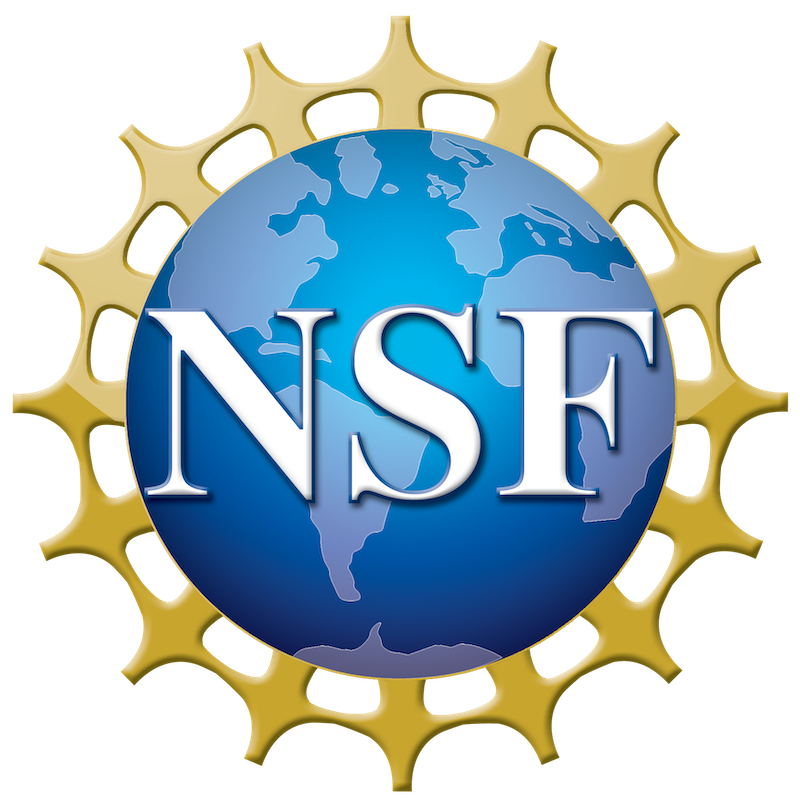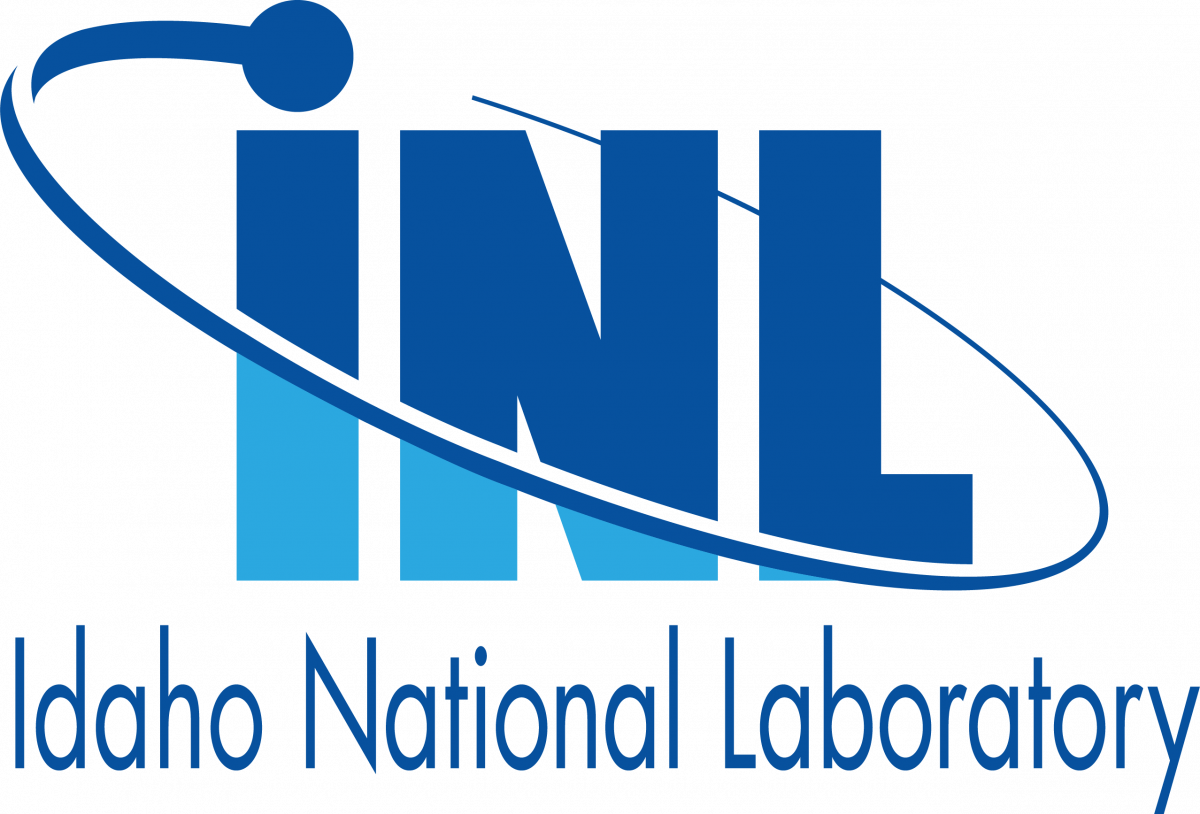Nikhil Chandra Admal, University of Illinois Urbana-Champaign
Brandon Runnels, University of Colorado Colorado Springs
Giacomo Po, University of Miami
Enrique Martinez, Clemson University
Interfaces play a critical role in determining the physical properties of materials. They occur as grain and phase boundaries in crystalline materials; transformation fronts that separate solid and fluid phases; and liquid-like membranes in biological materials. The thermodynamic and kinetic properties of evolving interfaces emerge from the physics at multiple length and time scales. At the macroscale, interfaces are effectively modeled using continuum mechanics. Examples include classical grain microstructure evolution, stress-induced solid-solid phase transitions, chemo-mechanics with localized chemical reaction fronts, biomembranes, and the growth of free surfaces. Since the constitutive laws that govern continuum models stem from physics at lower scales, the multiscale modeling paradigm has been instrumental in building first principles-inspired constitutive laws.
The aim of this mini-symposium is to discuss recent developments and open questions in multiscale modeling and computational methods to study interfaces. The topics include, but are not limited to the following:
- Diffuse interface and sharp interface methods, such as phase field, thresholding methods, XFEM, GFEM, and cutFEM
- Multiscale modeling of grain and phase boundaries under extreme thermomechanial loads with a focus on coupling atomistic models, mesoscale defect mechanics models, and macroscale continuum models
- Statistical mechanics of interfaces
- Coevolution of bulk and interfaces - interaction between grain/phase boundaries and dislocations, bulk and surface diffusion in biomembranes
- Interface mechanics of 2D heterostructures











